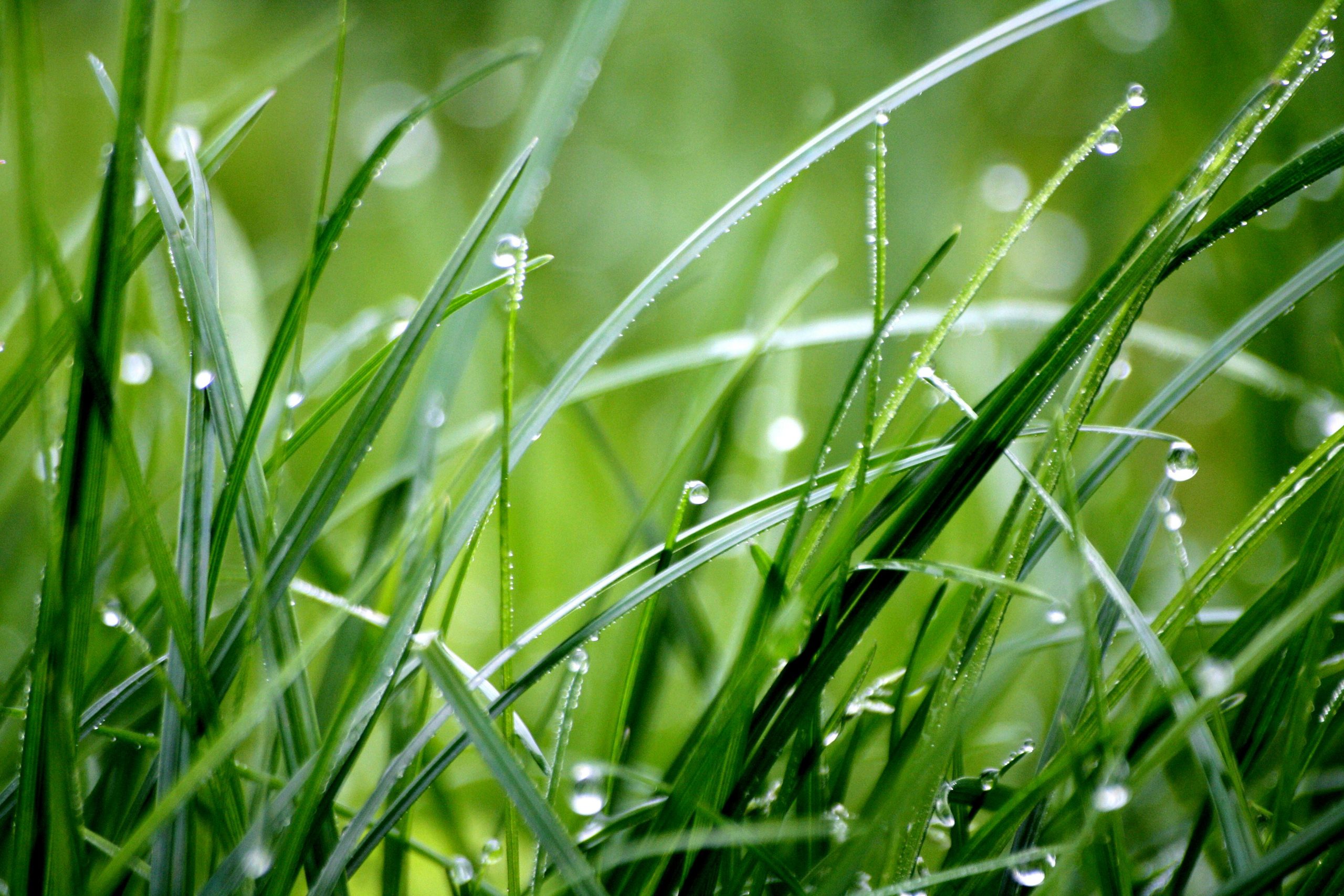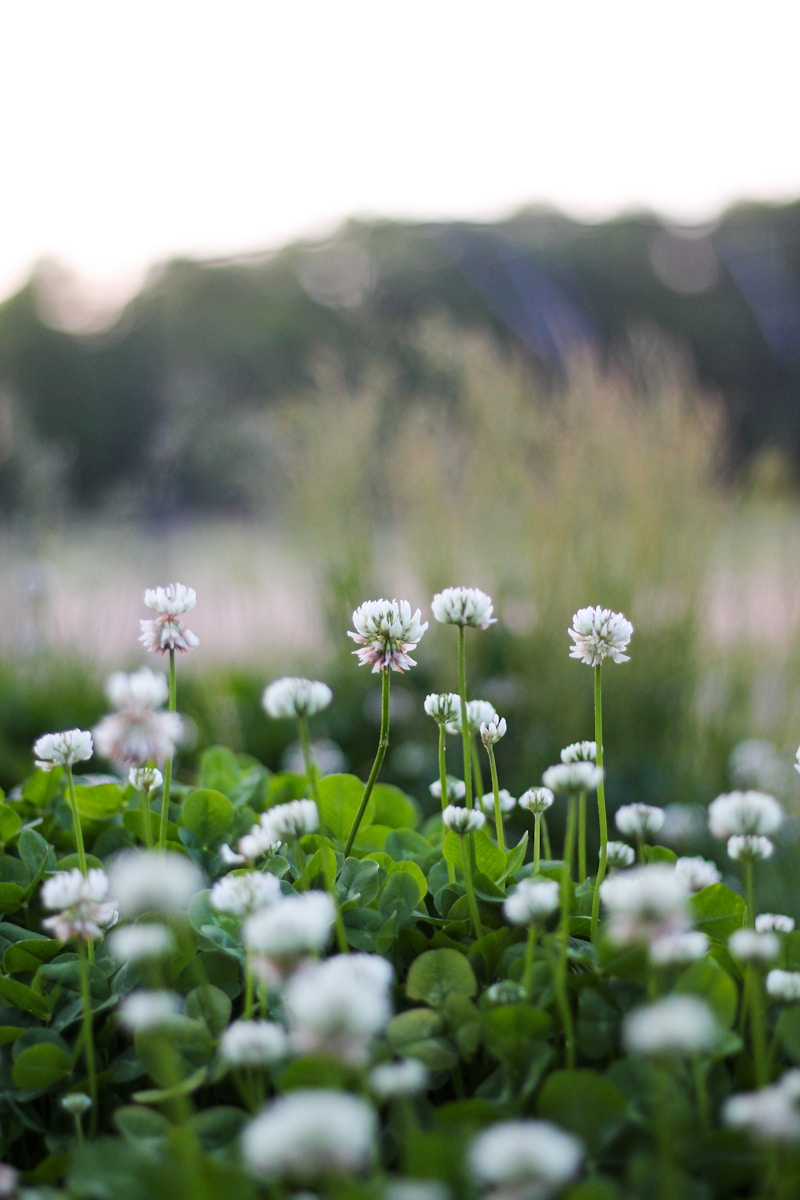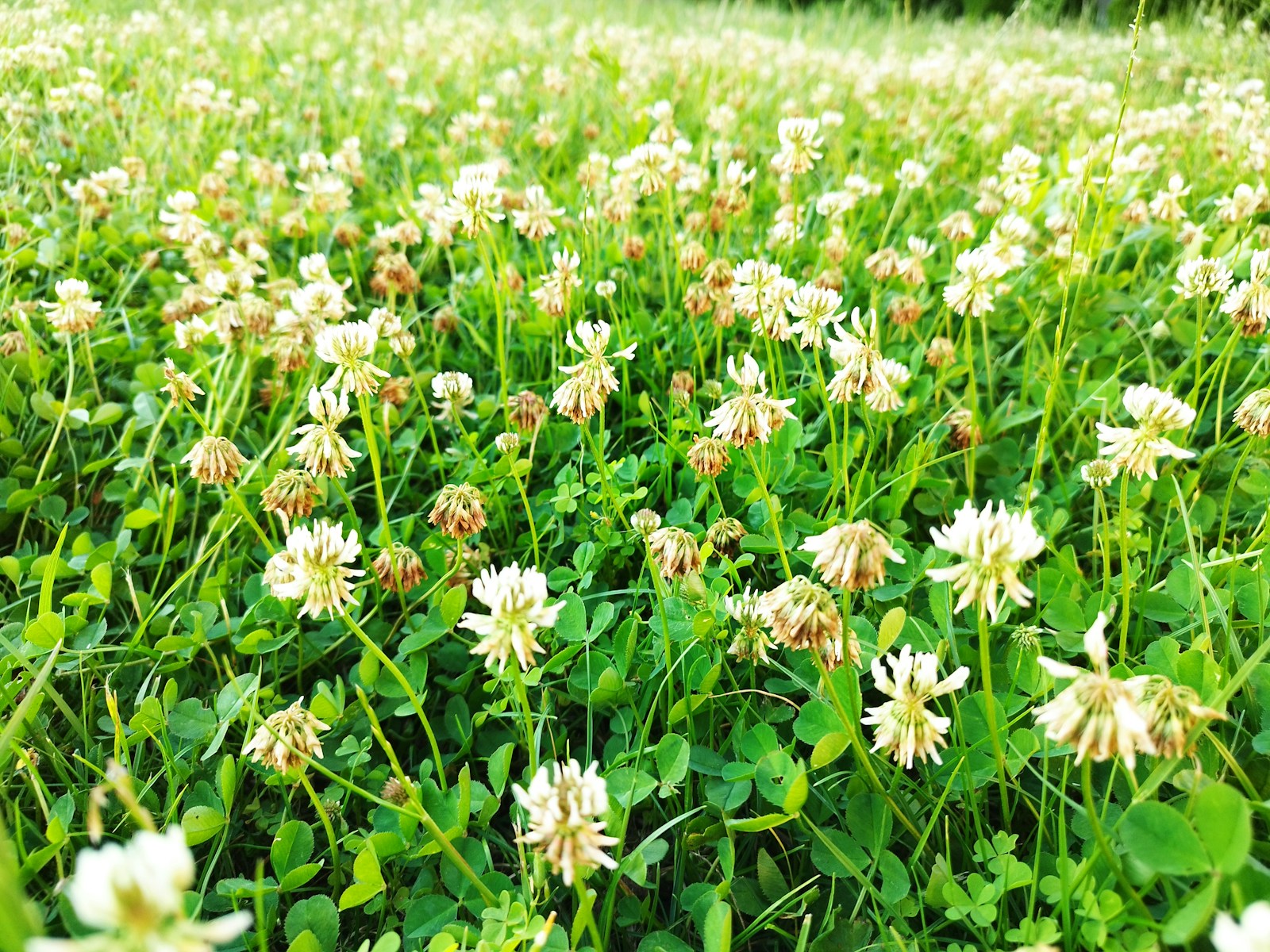Ah, northern lawns. From the fresh green of spring to the frost-kissed blades of winter, maintaining a lush, healthy yard in a cooler climate is both an art and a science. But fear not—with the right timing and a bit of effort, your lawn can be the envy of the neighborhood all year long.
I’ll admit, I wasn’t always the lawn whisperer I am today. Growing up, our lawn was my dad’s pride and joy. His weekends were a symphony of mowers, sprinklers, and soil testers. Back then, I thought he was a little obsessive. But now? I’ve become the person who gets overly excited about dethatching. So grab your gloves and let’s dive into the ultimate lawn care calendar for northern lawns.
Winter: Rest, Repair, and Prepare
January – February: Lawn Hibernation
Winter is the season of rest, not just for you but for your lawn too. Under a blanket of snow, your grass lies dormant, conserving its energy for spring.
- Keep it clean: Avoid leaving objects like lawn furniture or toys on your grass. These can create dead patches.
- Minimize foot traffic: Frozen blades of grass are fragile and prone to damage. Stick to sidewalks whenever possible.
Pro Tip: This is the perfect time to tune up your mower and sharpen its blades. Dull blades can tear grass rather than cutting it cleanly, which stresses your lawn come spring.
Spring: Wake-Up Call
March: Early Cleanup
As the snow melts and temperatures creep upward, it’s time to assess the damage.
- Rake gently: Remove debris like twigs, leaves, and dead grass to allow sunlight and air to penetrate the soil.
- Test the soil: Invest in a simple soil test kit to check pH levels. Most northern lawns thrive with a pH between 6.0 and 7.0.
April: Aeration and Overseeding
Spring is like a second chance for your lawn, especially if winter was harsh.
- Aerate the soil: Compacted soil can suffocate roots. Use a core aerator to create small holes that improve air, water, and nutrient flow.
- Overseed: Fill in bare patches by spreading grass seed that matches your existing lawn. Be sure to water daily until the new grass establishes itself.
May: Fertilize and Mow
By late spring, your grass is in full growth mode.
- Apply fertilizer: Use a slow-release nitrogen fertilizer to give your lawn a steady source of nutrients. Look for a blend suited for cool-season grasses like Kentucky bluegrass or fescue.
- Mow strategically: Set your mower to its highest setting. Cutting the grass too short can stress it and encourage weeds.
Anecdote Alert: I once learned the hard way that fertilizing during a surprise cold snap can do more harm than good. Wait until the soil temperature reaches at least 55°F—and yes, there’s an app for that!
Summer: Thrive Without Strive
June: Water Wisely
Summer heat can be brutal, but overwatering is just as harmful as underwatering.
- Follow the one-inch rule: Northern lawns typically need about one inch of water per week, including rainfall. Invest in a rain gauge to monitor this.
- Water early: Morning watering reduces evaporation and fungal diseases.
July: Weed Patrol
By midsummer, weeds might think they’re winning the battle. Spoiler: They’re not.
- Spot treat: Pull weeds by hand or use a selective herbicide. Avoid blanket-spraying, as it can harm your grass.
- Edge like a pro: Define clean lines along sidewalks and flower beds to keep your lawn looking polished.
August: Let It Breathe
Hot and humid conditions can invite pests and diseases.
- Monitor for issues: Look for brown patches, which could signal fungal infections or grubs. Treat early to prevent spreading.
- Sharpen your blade: Mowing with a dull blade during peak summer heat can stress your grass.
Fall: Renew and Rejuvenate
September: Fertilize Again
Fall is the ideal season for rejuvenation—your grass is recovering from summer and preparing for winter.
- Feed your lawn: Apply a high-phosphorus fertilizer to encourage root growth. This sets your lawn up for success in the spring.
- Dethatch if needed: Excess thatch can block nutrients and water. Use a dethatching rake or machine to remove this layer.
October: Plant and Protect
As temperatures cool, your lawn gets a burst of energy.
- Overseed again: Fall overseeding ensures a thick, healthy lawn next spring.
- Mulch fallen leaves: Instead of bagging them, mulch leaves into your lawn using your mower. They provide a natural, free fertilizer.
November: Pre-Winter Prep
Before the first snow, give your lawn one final boost.
- Final mow: Gradually lower your mower height to about 2 inches for the last cut of the year. This prevents snow mold.
- Drain hoses and winterize sprinklers: Frozen water can damage your irrigation system.
Final Thoughts: Cultivate Your Lawn’s Story
Caring for a northern lawn isn’t just about checking boxes on a to-do list. It’s about creating a living, breathing space where you and your family can make memories—whether it’s kids running through sprinklers or quiet mornings with a coffee in hand. With this calendar as your guide, you’ll enjoy a thriving lawn that’s as much a source of pride as it is a place to play.



